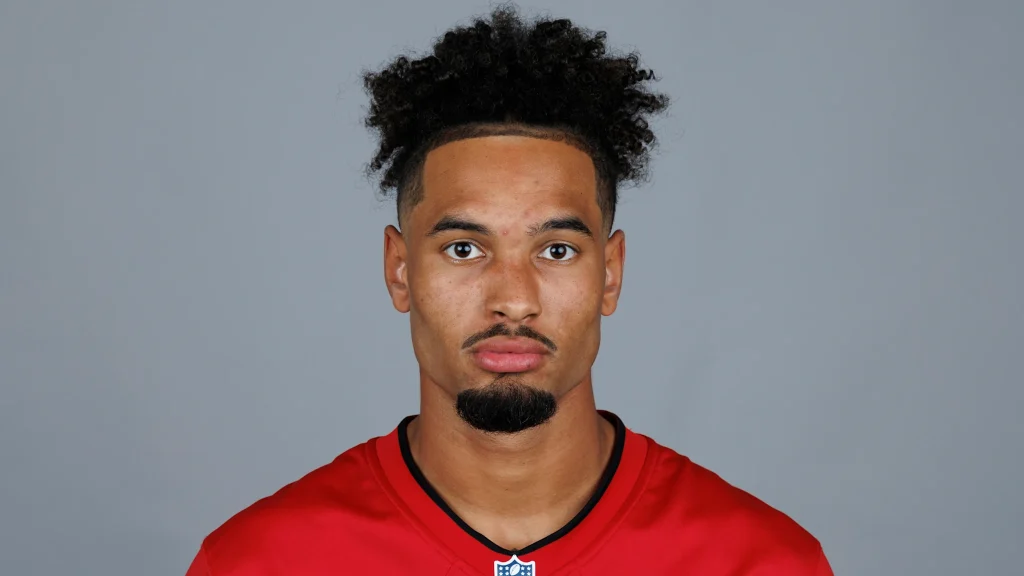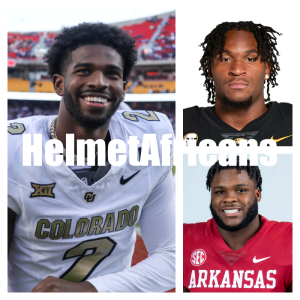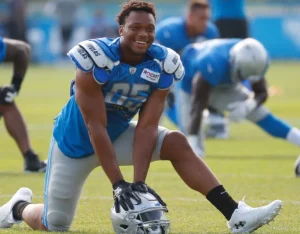
Today, Thanksgiving Day, provides a reason for www.helmetafricans.com to try to bring Africans in the United States closer to American football, a major part of life in the United States.
Americans wake up on this day each year to Macy’s Parade on TV. Later in the afternoon, they gorge on turkey and watch football. Each party or family has a TV showing a football game — involving the Detroit Lions or the Dallas Cowboys – all afternoon. Today, African Helmet reminds Africans of an easy way to understand the game so that they, Africans, do not feel like outsiders at any party. We also suggest a way of identifying a side to support in each game.
Football is not important during just Thanksgiving or the Super Bowl week. The game is so central to American culture that those who do not understand it will always remain bystanders, not just on Thanksgiving Day but also during office conversations on Mondays and Tuesdays or much small talk anywhere in the country.
Football is also a helpful way for African immigrants to connect with their children. The parents may be fixated on soccer in Europe or Africa, but the younger generation – whether brought over from Africa or born in the United States — breaths and talks American football.
As we said in February, the game is not so hard to follow if a person focuses on the yellow line on TV. The goal of each team which has the ball is to cross that yellow line in four attempts or less. The ultimate goal, of course, is to score points by taking the ball to the opponent’s end of the field. But each team achieves that major goal in baby steps – to cross that yellow line in four attempts, known as downs. You can sound knowledgeable if you cheer each time your team crosses that yellow line or moan when the opposing team does.
As most sports fans know, it is easier to get involved in a game if you love or hate one of the teams in the game. As a new fan 25 years ago, I routinely cheered for my home town team (Chicago Bears then) or the underdog when the Bears were not playing. I learned of the weaker teams via the news media or office gossip.
But occasionally, the underdog to me was a team that had a Black Quarterback (QB), the player who threw the ball, or a Black Head Coach, equivalent of a manager in soccer, because there were so few of them then. I cannot associate underdog status with Black head coaches and QBs today because there are a lot more of them and many games nowadays feature them on opposing teams.
The Key to understanding the Super Bowl is to focus on the Yellow Line
A football team’s entire effort is to keep advancing the ball past a yellow line until it can score. That line represents a 10 yard distance from the point where a team first gets the ball. The team must cross the yellow line in four or less attempts called “downs”. A first attempt is often called a 1st and ten (first attempt or down with 10 yards to go). Then 2nd, 3rd or 4th. A team that achieves the goal of covering the 10 yards in 4 or fewer attempts gets a fresh set of four downs to cover another 10 yards. In that case 1st and 10 starts all over again.
A team that keeps making first down after first down will score a goal. But it has to turn the ball over to the opponent if fails to make the 10 yards in four downs or less. In the same vein, a team that prevents its opponents from making first downs is more likely to win.
The yellow line is not actually on the field but is displayed on TV so that fans can identify where the first down mark is.
As only a few African immigrants follow NFL football, the 50 or more Africans who hold active position in the league are like prophets who are not known in their home towns. But that will change and they will become household names in the countries of their ancestry once more Africans in the United States understand that the yellow line is the key.





